Editor's note: In July 2021 it was announced that test Kitchen would close at the end of September 2021.
Located in a formerly industrial district of Cape Town called Woodstock, Test Kitchen was opened in November 2010 by Luke Dale-Roberts. After training at a Swiss hotel and at Soho House Media Club in London he joined Accor Hotels, where he had a number of executive chef positions, from the Loft in London to a series of their hotel restaurants in Asia. He returned to South Africa as executive chef of La Colombe in 2006, where he worked before opening here.
The 65-seat dining room has the bare-brick industrial look favoured these days. If you are coming here by car, there is a shared car park accessible via a steel gate, or you can park on the street outside and pay a small "fee" to one of the youths that will "look after" your car, this presumably being better than the alternative. If you are from the UK then paying this kind of protection money feels somewhat disconcerting, but welcome to Cape Town, where the practice is normal these days.
Once safely installed in the restaurant then the outside world of petty larceny can be left behind, and you can relax as you are seated in the quite casual dining room, with its open kitchen. There is a tasting menu and a vegetarian version of this, and the staff will happily adjust for dietary preferences. We went for the full nine-course gourmand menu though there was a shorter six-course version available at lunch.
As even in South Africa with the current exchange rate of rand to sterling, the wine list seems a bargain. Steenberg Constantia Merlot 2012 was ZAR 295 (£14) for a bottle that can be found in a UK high street for £8, the lovely Hamilton Russell Chardonnay 2014 was ZAR 550 (£25) compared to a UK retail price of about £22 and Boekenhoutskloof 2006 Cabernet Sauvignon was ZAR 1,050 (£48) compared to a UK retail price of £32.
Red onion and leek bread was excellent, served warm and having pillowy texture, alongside a good sourdough roll (17/20). A nibble of oyster with curry oil and curry leaves began the meal, the spicing a nice pairing for the shellfish (15/20). Next was smoked pea mousse, sherry and morel jelly, salted truffles, pickled walnuts and a brique pastry crisp. The peas had lovely flavour, and the mix of textures worked well (17/20).
This was followed by smoked tomato and dashi jelly, Parmesan custard, semi dehydrated heirloom tomatoes, basil oil and a Parmesan crisp. This umami-rich dish is quite common in Japan and was well executed here, the mix of textures working well (17/20).
Trout was cured with honey and ginger, alongside salt-cured scallops, salt baked celeriac, a salad of baby radishes, lovage oil, shellfish oil, yoghurt, preserved yuzu and lemon and finally a little pastry. This was a nice dish but the trout had rather limited flavour, though the citrus provided useful acidity (16/20).
Foie gras in a red wine cure was next, along with garlic purée with red wine and mushroom dust, smoked guinea fowl breast, salsa of pickled mushrooms, soaked lentils and celeriac, bay leaf oil and a rye crouton. This was a pleasant dish, the garlic flavour coming through well, the mushrooms not too sour (15/20).
This was followed by Japanese custard with langoustines, pickled shiitake mushrooms, fresh ginger, Mirin and sake tea. I again liked the custard, and the shellfish had good sweetness (16/20). Kingklip fish was cooked on hot coals and prepared with a curry and miso cure, served with carrot and cashew nut purée, coriander pesto and preserved lemon, garlic and carrot butter noisette. The fish was precisely cooked and the accompaniments lifted its flavour nicely (16/20).
Scallops came with raisin and pine nut salsa and barbecued cauliflower foam, the shellfish tasting fresh and sweet and the cauliflower a classic accompaniment (17/20).. Forty-five day aged prime rib beef topped with bone marrow came with local porcini and Lapsang Souchong jus. The beef was very good quality but the mushrooms were rather spongy, though I liked the sauce (16/20).
The final savoury course was duck with foie gras and kumquat salsa, pecan nut purée, a sliver of barbecued meringue that was distinctly smoky and quite interesting, and finally kumquat jus. This was another enjoyable dish, the duck having good flavour and its richness nicely balanced by the kumquat, the smokiness of the meringue bringing an extra dimension to the dish (16/20).
A pre-dessert comprised mango and tamarind curd, lychee and lime sorbet, roasted banana panna cotta, passion fruit frozen yoghurt, pineapple cured star anise, Thai green curry flavoured meringue with lemon grass and ginger. The overall effect was refreshing, the lychee flavour particularly good (16/20).
Date and brandy foam came with cinnamon and yoghurt ice cream and a milk stout sponge praline, Cointreau meringue and a shard of vanilla frozen yoghurt. This was lighter than it sounds, the balance of flavours nicely judged (16/20).
Finally, beetroot and hazelnut ice cream on beetroot meringue came with sorrel granita, summer berries with a lemon grappa dressing, and white chocolate and goat cheese mousse dipped in mulberry jelly. This was a bit too trendy for its own good, the sorrel in particular a flavour too many, but it was rescued by some excellent raspberries (15/20).
Coffee, from a local roaster called Origin, was extremely good. Service was excellent, our waiter friendly, patient and efficient. The bill was ZAR 1,716 for two including a bottle of Hamilton Russell Chardonnay, which works out at just £39 a head thanks to the favourable exchange rate when we visited. Overall, Test Kitchen proved a very enjoyable experience, the standard of the dishes highly consistent throughout the quite lengthy menu. It is very good value indeed, at least if you are from a nation with a stronger currency than the rand (which currently would be pretty much anywhere).

























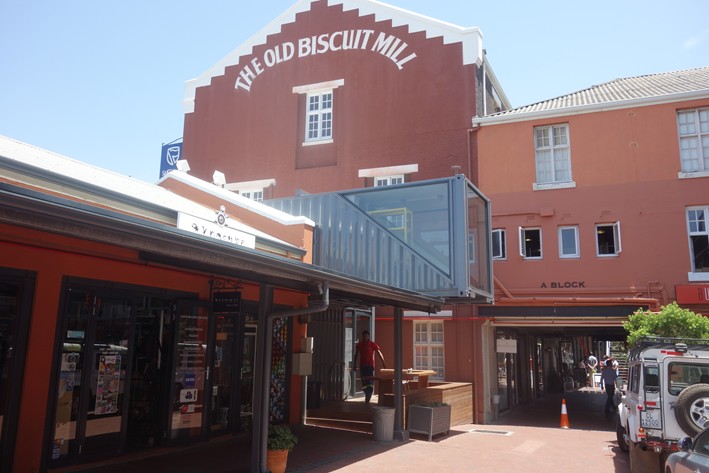

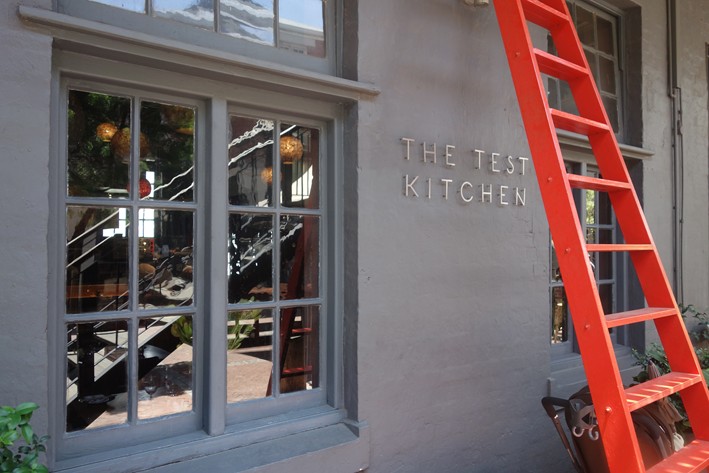
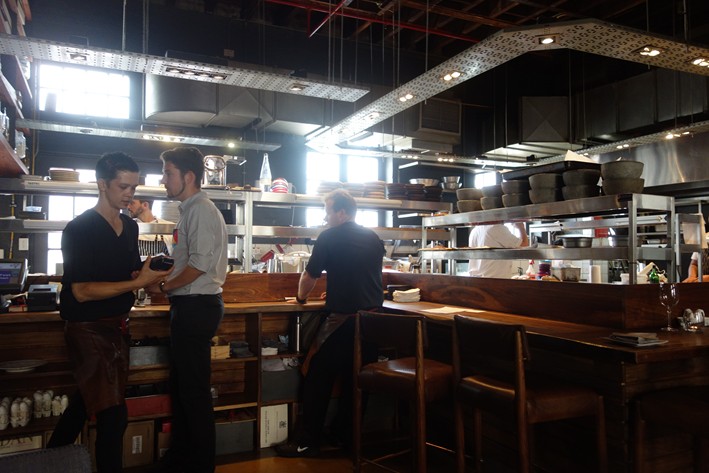
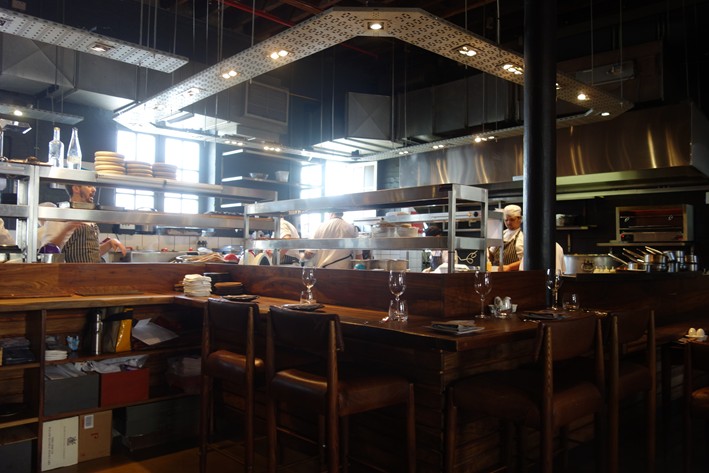
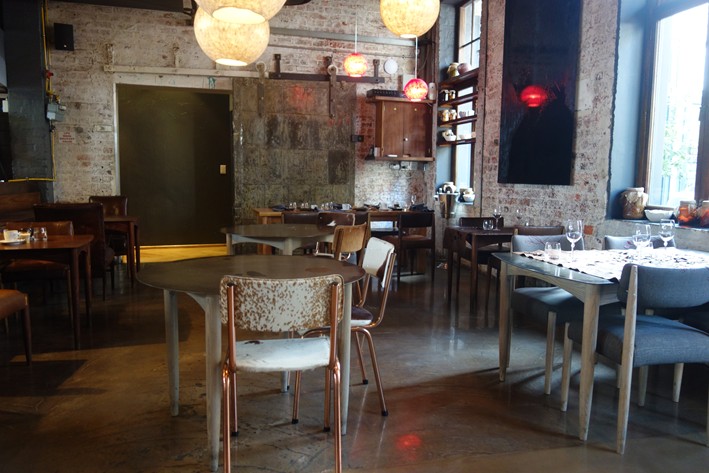

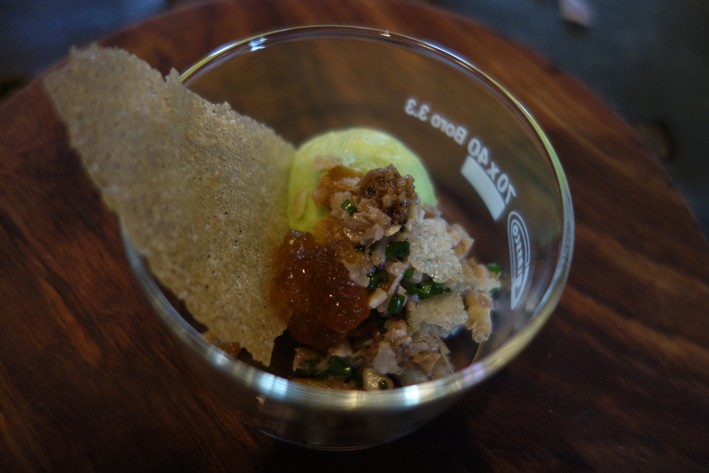
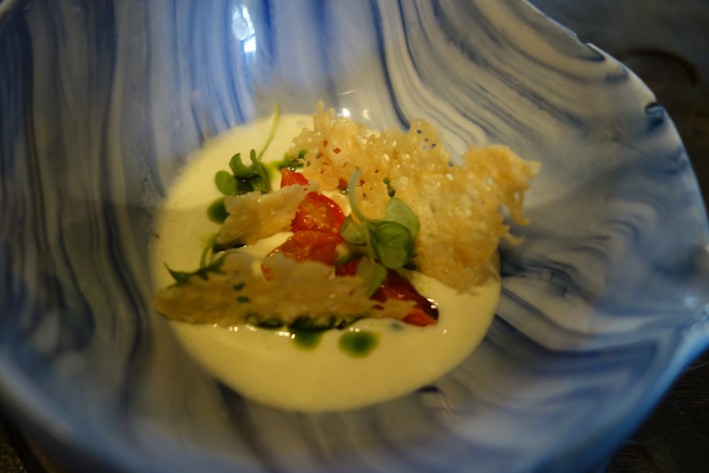
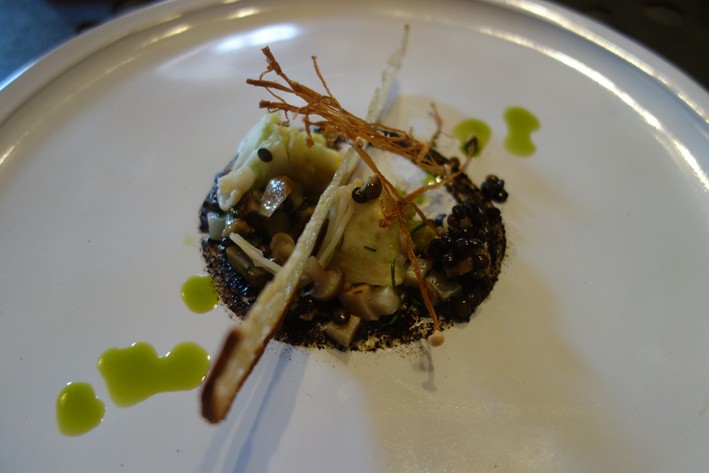


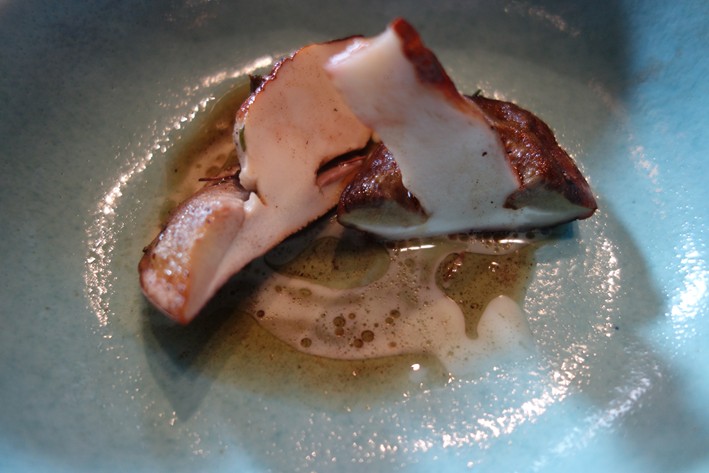
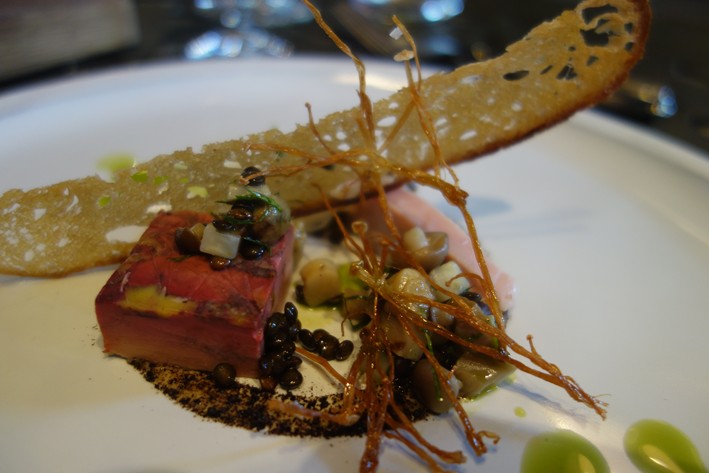
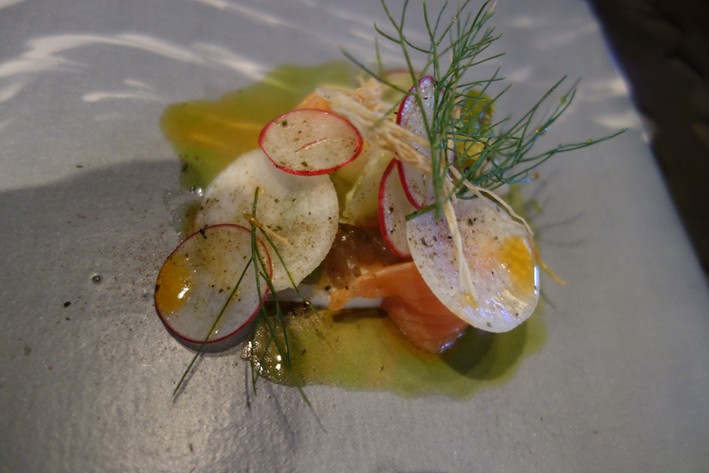
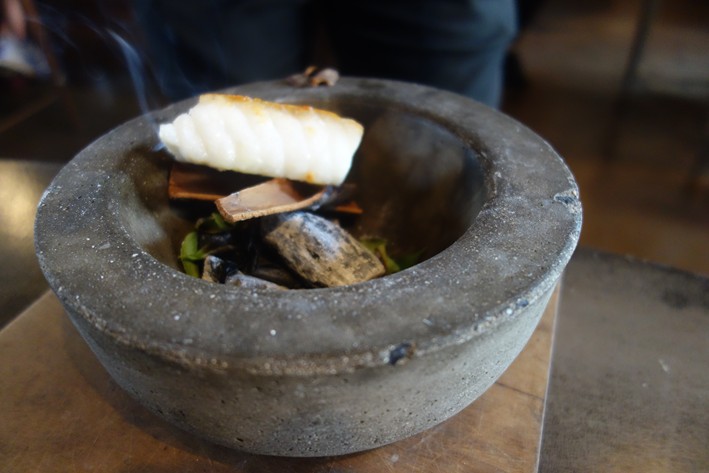

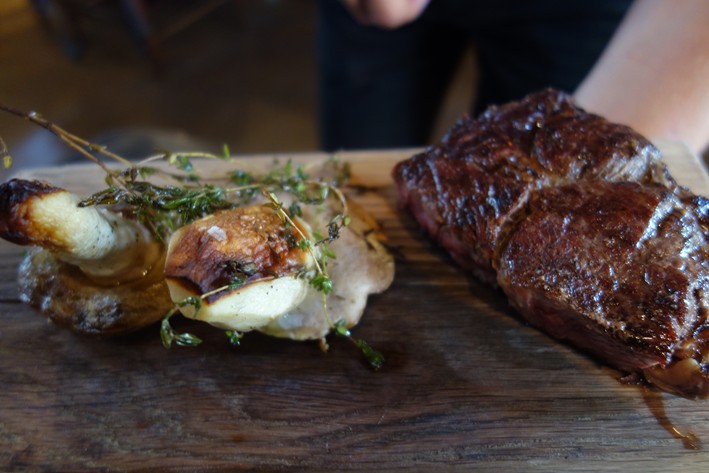
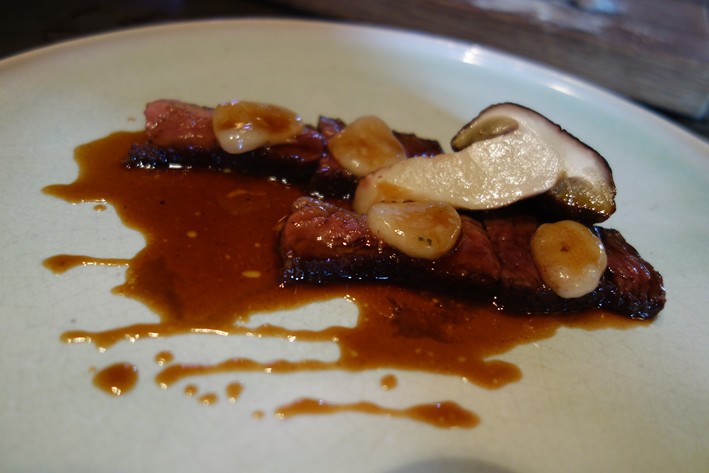
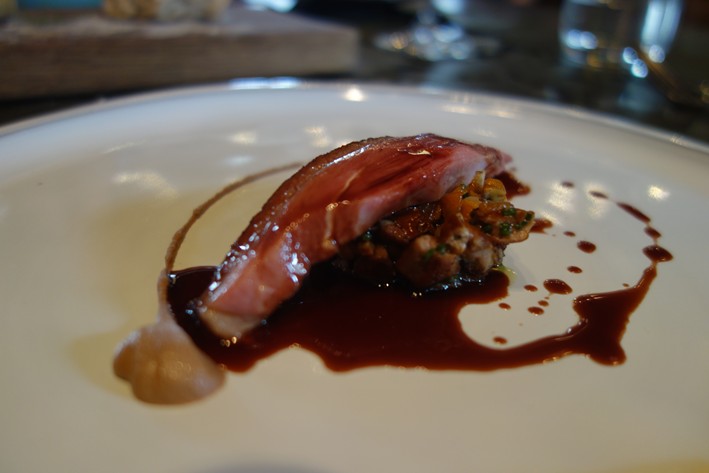
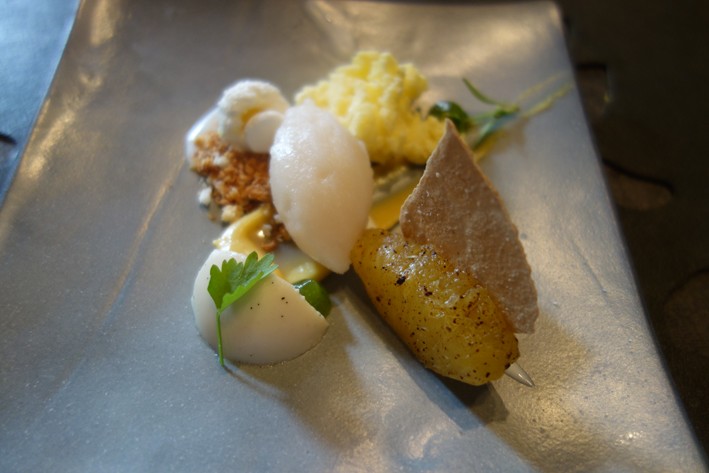

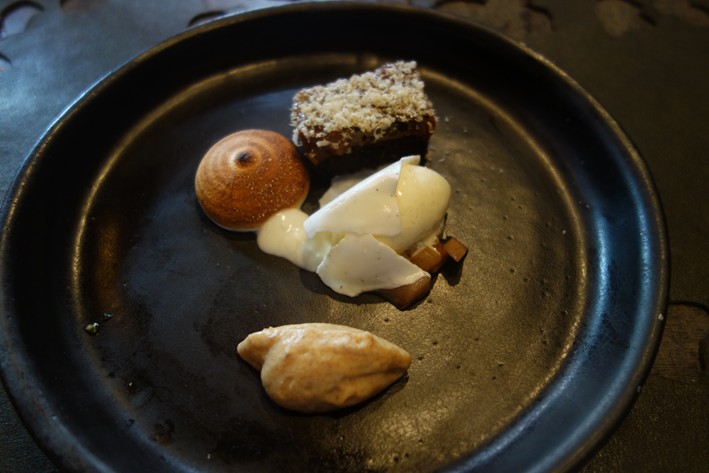


Add a comment
Thank you for submitting your comment, this will be checked and added to the website very soon.
User comments